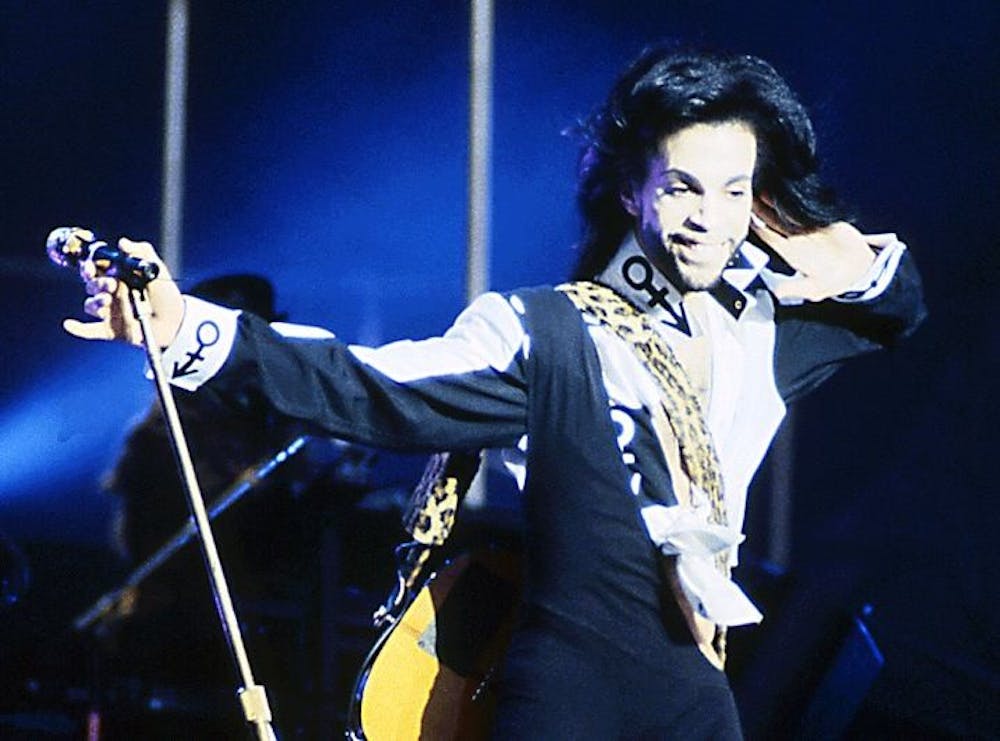中文版请点击此处
In Vogue magazine’s 128 year history, Harry Styles became the first man to solely be featured on the magazine’s cover in Nov. 2020. On the cover, Styles is pictured wearing beautiful garments ranging from a Gucci lace-trimmed dress, to pleated skirts, to pants of intricate artistry and more. This moment was special because a major, accredited fashion magazine recognized the beauty of gender fluidity and the ability to express oneself through clothing. To many, this Vogue cover was a win except for — the prominent conservative social-media personalities — Candace Owens and Ben Shapiro. Owens and Shapiro tweeted in response to the cover about the “steady feminization of our [Western] men” and how it is an “outright attack” on Western society.
First, who is Ben Shapiro — of all people — to give anyone fashion advice, let alone Harry Styles. Upon further reflection, however, the most surprising aspect of Owens and Shapiro’s comments was the antiquated, close-minded view of masculinity being championed predominantly by conservative social-media personalities.
Societies cannot be steadily feminized. Among the World Health Organization, prominent political philosophers and scientists, gender is known to be “socially constructed.” As a person grows and recognizes their identity, they have a better understanding of themselves. From theory written by Judith Butler and Simone de Beauvoir, they describe the idea that gender is not a stable theory but an accumulation of stylized repeated activities. Therefore, it is invalid to describe masculinity as a group of identical, unchanging traits. Under no definition of masculinity does it have requirements detailing what a man can or cannot wear. Also, if it did, what a boring society we would live in. And lastly, true masculinity comes from feeling comfortable within yourself, not buying into the age-old American philosophy of traditional masculinity.
As the United States and countries around the world become accepting of people’s preferences when it comes to gender or clothing, people like Owens and Shapiro play into the problematic culture of toxic masculinity. While each of us is assigned a biological sex when we are born, the genetics between men and women are not what creates differentiation. In fact, it is societal norms. And for years, men have been forced into the societal norms of wearing stereotypical men's fashion and maintaining an emotionless exterior. Still, once people start to make public leaps toward fluidity in gender and fashion — it is important to emphasize public because for many years men have been bending the norms of masculinity and fashion — there is push to restrict men back into those stereotypical roles.
The idea of androgyous or uni-sex clothing has not started with Harry Styles and certaintly will not end with him. First, there have been famous public figures for decades that, despite their gender or sexual orientation, have popularized and normalized the bending of clothing gender norms. These figures range from Prince to David Bowie. Second, to limit the definition of masculinity to a specific set of clothing items serves to alienate men in cultures around the world. For example, it is common in Scottish culture to wear kilts — a skirt-like item of clothing — or in India, women and men wear the traditional clothing of saris — which can also resemble dresses. And finally, this emphasis of traditional masculinity ideology is harmful to men’s mental health. Men are taught to dress a certain way to exude the accurate type of masculinity. However, the repercussions this has on male mental health is enormous. The feeling of being closed off to options or having the ability to speak with other men on their feelings has led to men feeling alone and burdened with mental health issues. For example, this stigma has extended to the workplace. A Harvard Business Review study found that maintaining a superiority of masculinity and unsaid dress code of masculine fashions stifles innovation, productivity and leads to an unfulfilling work environment.
All of this being said, there are no benefits to limiting the exploration of gender and fashion. Men should wear whatever they want, especially when it leads to more fulfilling relationships, better mental health and a reduced stigma of gender expansive identities as a whole.
Evelyn Duross is a Viewpoint Writer for The Cavalier Daily. She can be reached at opinion@cavalierdaily.com.
The opinions expressed in this column are not necessarily those of The Cavalier Daily. Columns represent the views of the authors alone.





